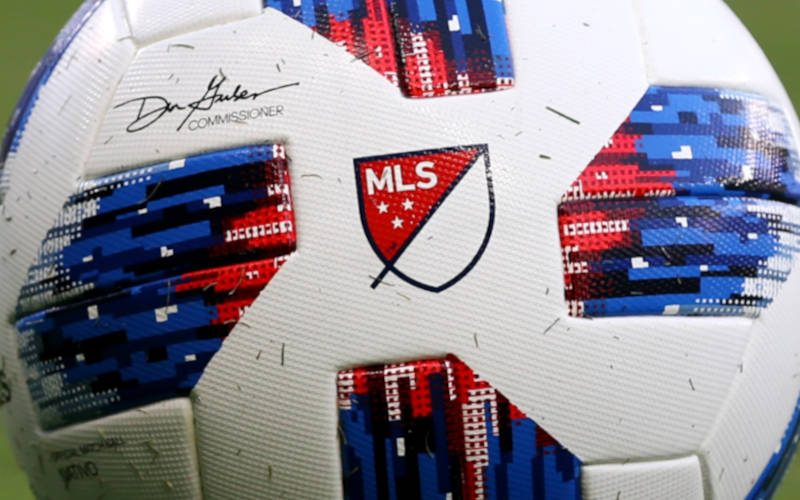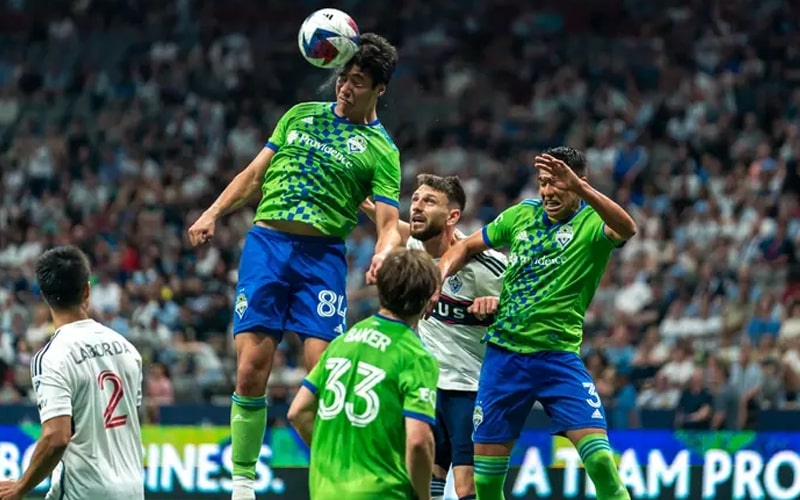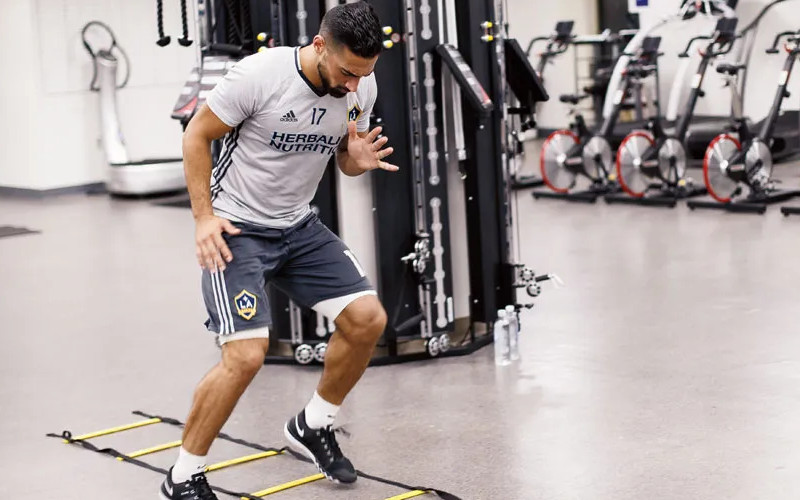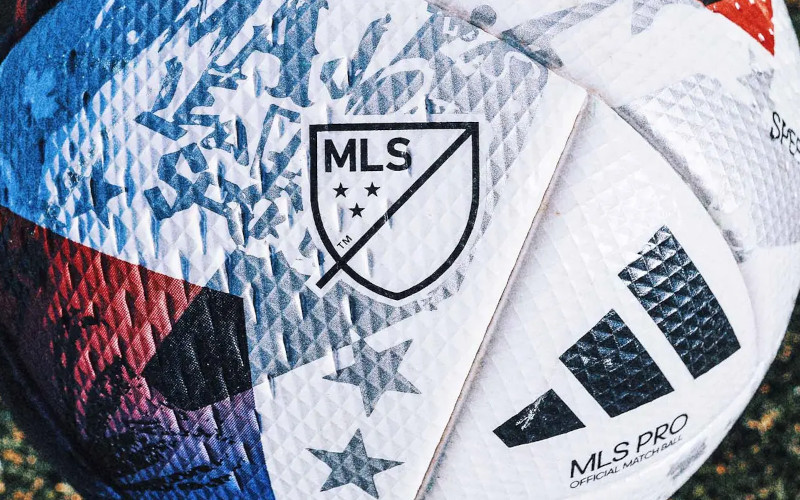The primary element of the Major League Soccer (MLS) configuration is its roster capacity. Each team must have a minimum of 18 senior athletes and four backup athletes, maintaining parity among clubs. Furthermore, franchises can recruit up to three designated players, typically notable international performers, adding more enthusiasm to the league.
Another critical feature distinguishing MLS from other soccer leagues is its sole entity ownership structure. This means that all player contracts and certain club operations are centrally managed by the league rather than individual owners or franchises, promoting overall competitiveness and equality across the board.
In addition to these significant structural features, MLS has other components designed specifically for fan engagement and enjoyment, such as playoffs, salary caps, and live streaming opportunities for in-person and online games via digital platforms like ESPN+, all-star games, etc. These factors help create an exciting atmosphere during matches with intense competition that keeps fans returning year after year.
Major League Soccer has been establishing itself as one of the top soccer leagues in North America since it was founded in 1993 and now counts 29 teams from Canada and USA among its members. The MLS structures focus on stimulating competition, balance, and excitement for spectators through various characteristics. This content looks into some vital facets of this arrangement: namely team size restrictions, single entity control over contracts plus business decisions; supplementary offerings including playoffs & salary caps; along with available methods for viewing matches such as in-person or streaming events on digital outlets like ESPN+. All these elements combine to guarantee a thrilling match experience season after season.
Conferences and Regular Season
The MLS league structure contains two conferences: Eastern and Western. Eastern has 15 teams, and Western has 14 teams. All the teams in these conferences engage in 34 contests during the regular season, half at home and half away from their stadium. This format offers each squad a chance to face every other side in this league for fair and balanced competition.
During the regular season, all sides play opponents within their conference once at home and then again on foreign soil. This setup permits teams to vie against geographically closest rivals, generating extra enthusiasm among fans who can pay attention to intense clashes between those groups inside one conference. In addition, they square off opposite one team from the opposing conference creating a broader sense of competition throughout the entire organization.
This period’s conclusion is essential as it decides which sides will make it into playoffs. The collective gaining the most points by its end receives the Supporters’ Shield – an accolade offered for ending up first after completing the regular season successfully. Additionally, it is crucial for squads looking to qualify for the postseason. Competing hard during this part of the schedule can help them build the necessary momentum and establish themselves as playoff contenders strong enough to go further.
MLS Cup Playoffs
The MLS Cup Playoffs serve as the pinnacle of the MLS season, providing spectators with a captivating culmination to the campaign. Once the regular season concludes, the top seven teams from both conferences qualify for playoffs. The team accumulating the maximum points in each conference gets a first-round bye, enabling them to rest and prepare for knockout rounds.
The remaining six teams compete in single-elimination knockout round matches; the third-seeded team hosts the sixth-seeded team, whereas the fourth-seeded team hosts the fifth-seeded one. Winners progress to the conference semifinals against the top two seeds in the aggregate series.
Aggregate series involve home and away fixtures determining winners by most goals scored across both games followed by advancing to conference finals where the winner of each conference moves into MLS Cup final.
Hosting the highest-scoring regular-season club, this one-off finale determines the champion who receives a highly-coveted trophy marking a significant achievement for any winning side.
Playoffs create fervor amongst fans given the elimination-style format heightening the sense of urgency and drama at every match, requiring peak performance from every player. At the same time, the slightest mistake can lead to disqualification generating high tension and excitement, making it one of the most enthralling aspects of MLS season.
MLS Cup
The championship game of the Major League Soccer (MLS) season is known as the MLS Cup. It is highly esteemed as the most prestigious trophy to win league-wise. Teams and players alike covet the title of MLS Cup champion.
The MLS Cup occurs once in a final game played at a pre-determined venue, chosen before kick-off for that season. The city with the best bidding process gets awarded this privilege.
Winning teams gain an advantage by hosting their home fans during matches, especially those with higher points from regular seasons.
With high stakes, winning one match means getting crowned as an MLS Cup champion, a highly recognized title within leagues.
December marks fitting timing for concluding events like the broadcasted national TV event -the MLS Cup final- available nationwide to watch and participate in just like any other significant sports calendar event taking place since 1996 when it first started. Its growth has led it to be among today’s top-rated soccer leagues.
The MLS Cup Final is a significant event in the American sports calendar and an opportunity to showcase the talent and skill of players worldwide. As a result, the league has attracted some of the most prominent soccer stars, including David Beckham, Thierry Henry, Zlatan Ibrahimovic, and Wayne Rooney.
The MLS Cup final is not just about winning a trophy but about creating a legacy for teams and players. Winning an MLS Cup can be career-defining for young up-and-coming players and veterans looking to cement their place in history.
Apart from the in-game proceedings, several alternative occurrences surrounding the MLS Cup final ensue. These include fan festivals, concerts, and charity events that unite communities to celebrate soccer culture.
Moreover, by hosting major sporting events such as the MLS Cup Final, cities benefit economically from increased tourism revenue generated by fans traveling to attend games from different locations worldwide. This increases publicity opportunities, resulting in more visitors returning for experiences they previously missed out on.
The MLS cup gives everyone something worthwhile to look forward to each year while uniting its viewership nationwide through unifying cultural practices where people come together to celebrate soccer talents globally.
Designated Player Rule
The MLS league’s structure includes a crucial aspect known as the Designated Player (DP) rule, which has significantly enhanced the league’s reputation over time. In 2006, a regulation was created that allows teams to enlist prominent foreign players who generally wouldn’t fit into the salary cap bounds.
On this day in 2006, MLS announced the establishment of the designated player rule, paving the way for the Galaxy to sign David Beckham #LAGalaxy pic.twitter.com/AJM31yyB2d
— Galaxy History (@GalaxyHistory) November 11, 2021
Up to three DPs are permitted for MLS teams and are not subjected to the restrictions of a said salary cap. These players possess outstanding abilities and renown, contributing significantly towards generating new supporters and elevating league visibility. David Beckham, Zlatan Ibrahimović, Thierry Henry, and Wayne Rooney entered MLS through this rule.
Enlisting DPs has impacted finances positively as well as negatively. While it brings top-level talent that attracts more sponsorship deals, merchandise sales, and ticket sales, generating additional revenue for clubs, critics argue that it creates an uneven playing field giving financial advantage only to some teams while discouraging others from nurturing young talents but focusing on established ones instead.
Despite the criticism, the DP rule remains a significant feature of MLS. It has allowed teams to compete at higher levels and raised the standard of play in the league. The rule also helps attract more international attention, essential for growing football’s popularity in North America.
The success of DPs can also inspire younger players who aspire to become professional players. For example, when young aspiring footballers see their favorite high-profile player playing in MLS, it motivates them to work harder to achieve their dreams.
Moreover, there are instances where some clubs have used DP signings as an opportunity to nurture young talents as well. By bringing in experienced players with strong leadership qualities and proven track records, these DPs often act as mentors or role models for younger prospects within a team.
While there may be valid concerns about demographic disparity and developmental priorities associated with the Designated Player (DP) rule, it cannot be denied that this aspect has significantly impacted MLS over time – making it more competitive and attractive from both financial and sporting perspectives.
MLS SuperDraft
Every January, the MLS SuperDraft occurs and is a vital component of the MLS league structure. It enables teams in the league to choose suitable college players who are eligible to join their team for the upcoming season.
The draft has four rounds, with each team having one pick per round. The selection order is determined by regular-season rankings, where last-place obtains first overall choice.
Players must be qualified for eligibility by being at least 22 years old or have completed their college eligibility and registered with the player development department of the league.
Since its inception in 1996, it has produced several successful high-profile players, such as Darlington Nagbe, Omar Gonzalez, Chris Wondolowski, and Maurice Edu, that helped raise MLS’s recognition both domestically and internationally; hence it remains crucial for young talents to exhibit their skills.
However- recent criticism suggests that this process needs to be updated and more effective; critics argue that relying on college players instead of developing young talent through academy systems will improve results better than this method. How much SuperDraft evolves will be intriguing to see as MLS grows over time.
Additionally, the MLS SuperDraft is a pivotal occasion for college soccer players to attain recognition and potentially secure their professional careers. These players have spent countless years competing at the amateur level while balancing academic obligations. The draft allows them to showcase their skills in front of scouts from around MLS.
An exceptional example is Jack Harrison, whom Chicago Fire selected first overall in 2016 before trading him to New York City FC on the same day. The outset of his profession proved noteworthy, prompting him to enlist with Manchester City of the Premier League in 2018.
Though it seems prosperous, numerous insiders assert that many teams stray from SuperDraft picks as their value fades over time. Consequently, some franchises have elected to exchange draft selections or forgo early picks entirely.
Further, a few specialists argue that the league must emphasize fostering domestic aptitude instead of exclusively depending on university players or international acquisitions.. They believe this will establish a more sustainable model for long-term growth and development within MLS.
Although evolving trends in talent scouting and player development strategies worldwide render the future of MLS SuperDraft uncertain, it remains an integral aspect of American soccer culture- one which aspiring young athletes can aspire toward as they strive for breakthroughs into professional soccer leagues like MLS.




